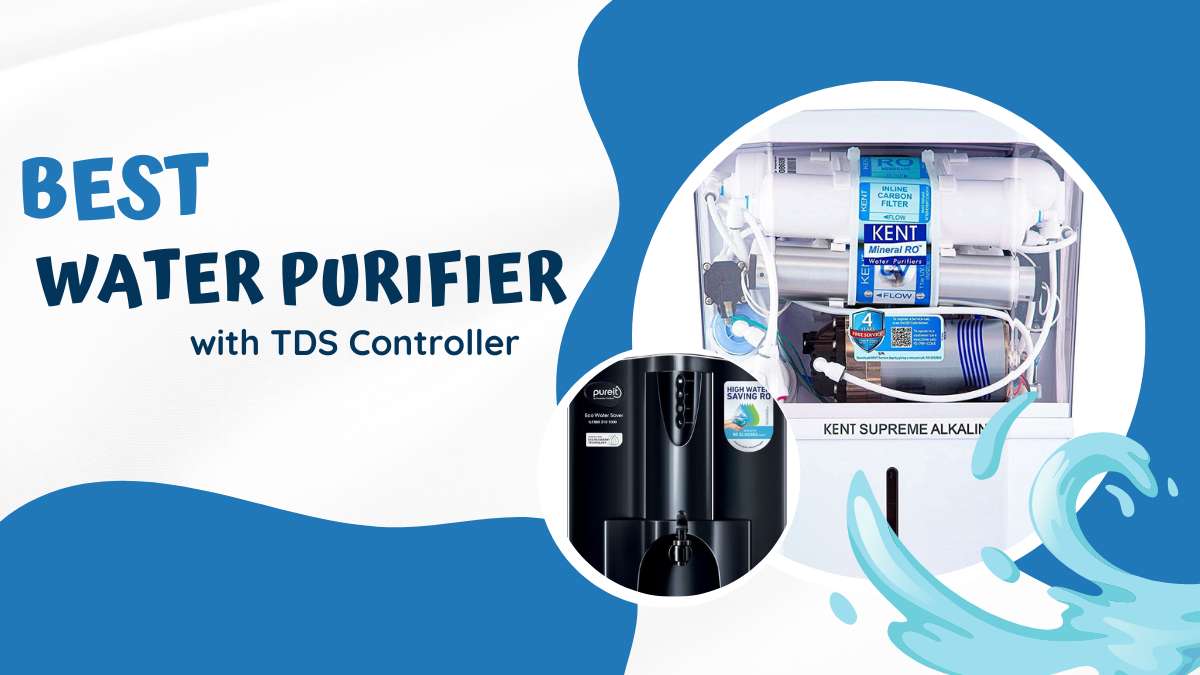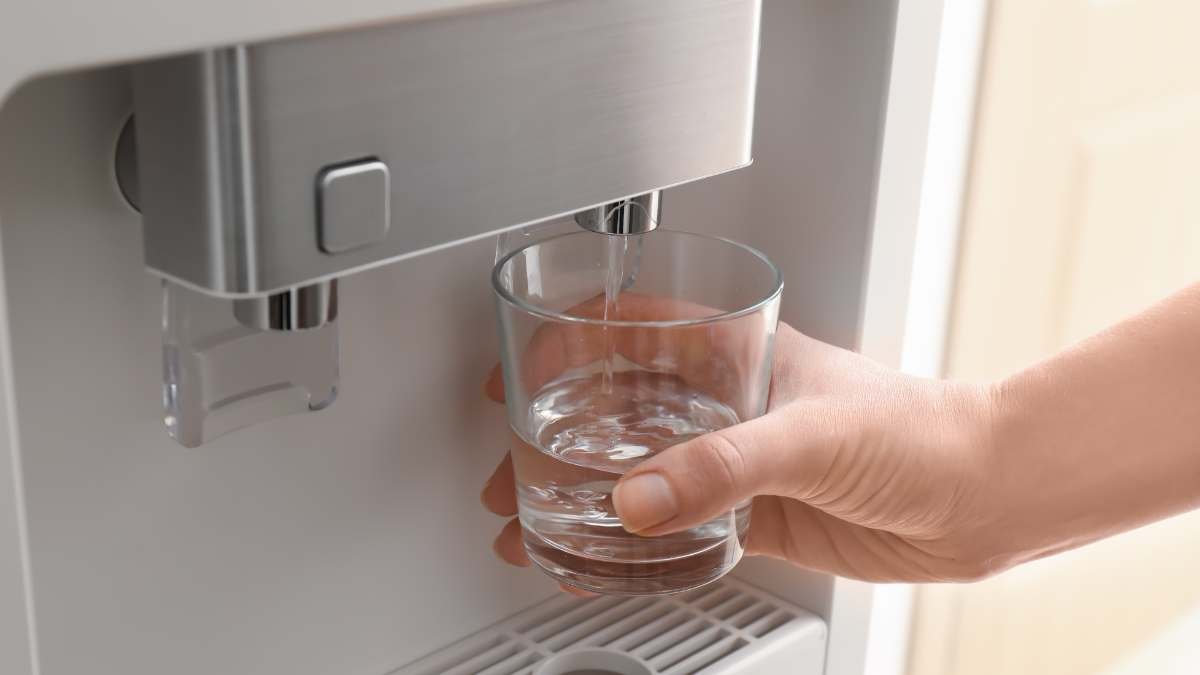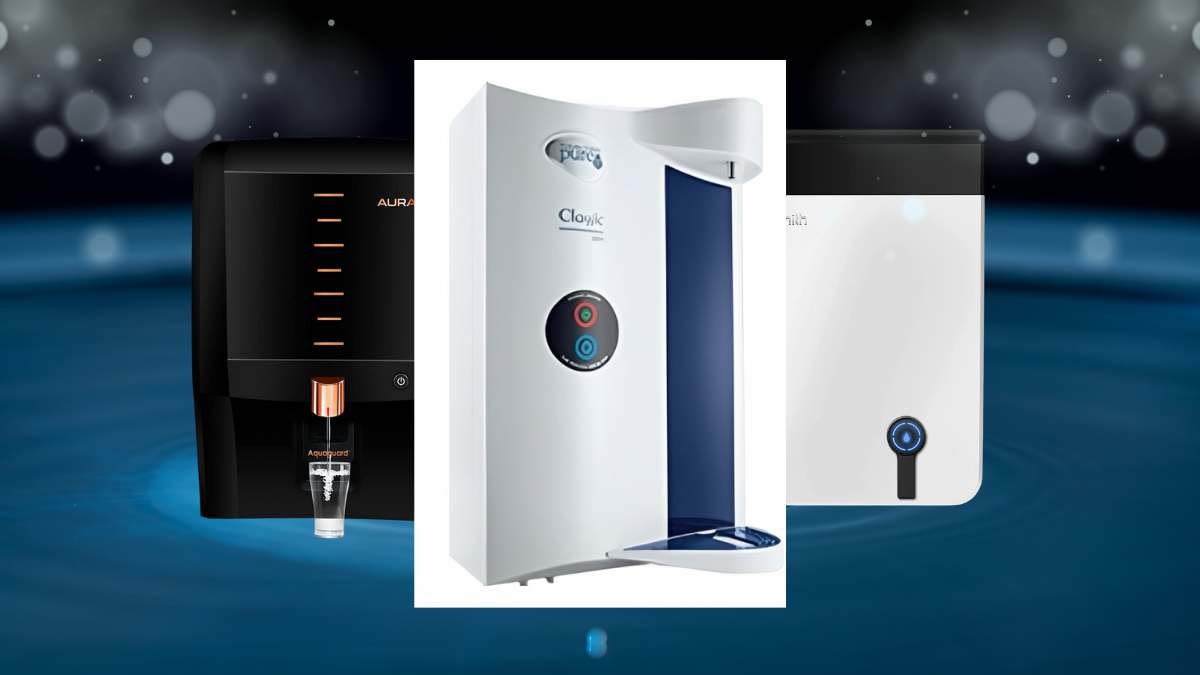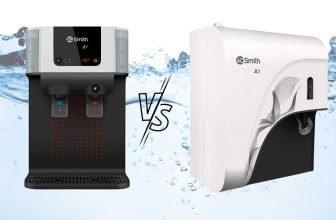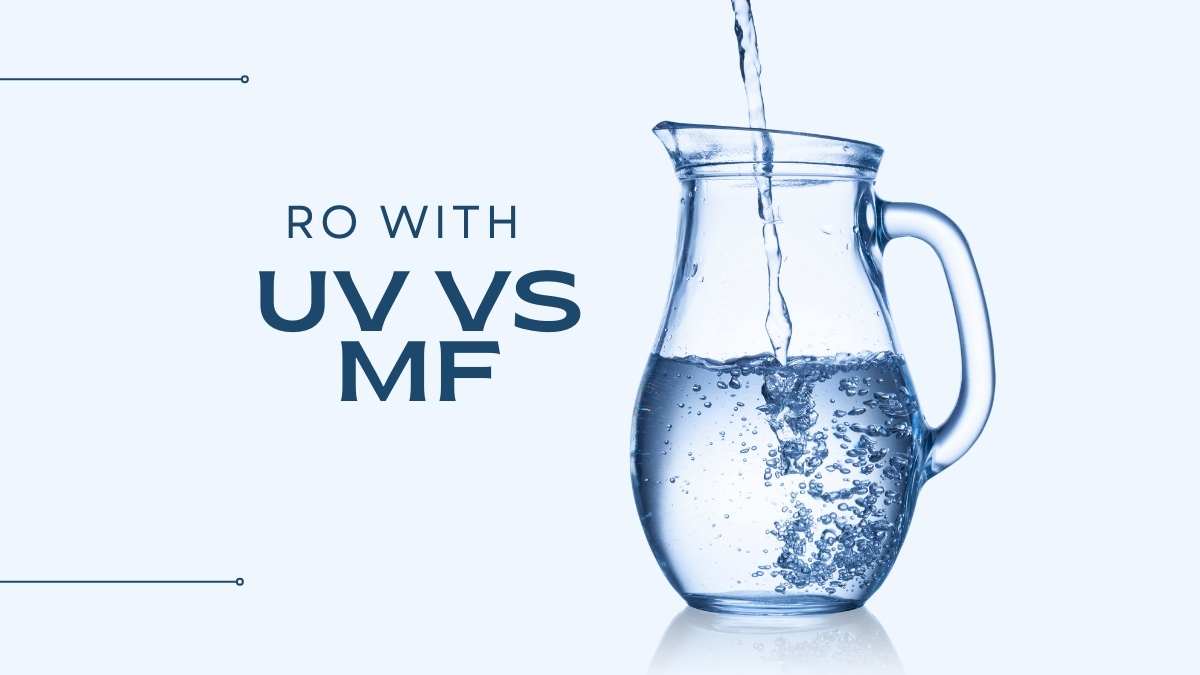
Reverse osmosis, or RO, is a popular water purification method using semi-permeable membranes to remove contaminants. Often combined with ultraviolet light (UV) or microfiltration (MF) for enhanced treatment, the question is: which works better with RO – UV or MF? This blog post compares the two technologies.
What is RO With MF Water Purifier
RO paired with microfiltration (also called RO MF) combines semi-permeable membrane separation with a micro-porous filter layer. First, the RO membrane removes dissolved contaminants. Then MF captures remaining particulates bigger than 0.1 microns.
Benefits of RO With MF Water Purifier
- Removes wide range of impurities through dual RO and MF barriers
- MF filter traps microbes like protozoa, bacteria and cysts after RO
- Delivers higher purified water flow rate than RO-UV
- Lower maintenance than UV system – no lamp replacements
- Simple and cost-effective pre-filtration for RO membrane
What is RO with UV Water Purifier
In RO UV systems, water passes through the RO membrane then goes through ultraviolet disinfection. UV light inactivates viruses, bacteria and protozoa after the RO stage.
Benefits of RO with UV Water Purifier
- RO removes dissolved contaminants, UV kills pathogens
- Powerful UV disinfection inactivates viruses, bacteria, protozoa
- Considered more effective microbiological control than MF
- No chemicals needed for disinfection
- UV provides residual disinfection effect in storage tanks
Comparison of RO with MF and RO with UV
| Parameter | Pureit Classic G2 Mineral RO+MF | Pureit Classic Nxt RO+UV |
| Purified Water Flow Rate | 20 Litres/hour | 10-12 Litres/hour |
| Water recovery rate | Up to 25% | Up to 25% |
| TDS Reduction | Up to 2000mg/lit | Up to 2000mg/lit |
| Power rating | 55 W | 36 W |
| Total Hardness | 500 mg/lit (max.) | 500 mg/lit (max.) |
Mechanism of Filtration:
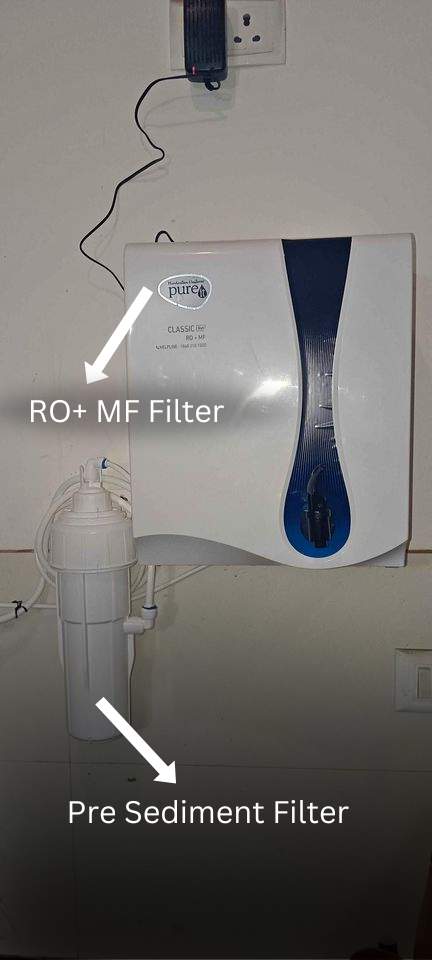
RO systems use different filtration methods. Microfiltration (MF) sets up a physical barrier. This captures particles down to 0.1 microns in size. Many studies confirm MF removes up to 99% of larger particles and microbes. So MF protects the RO membrane.
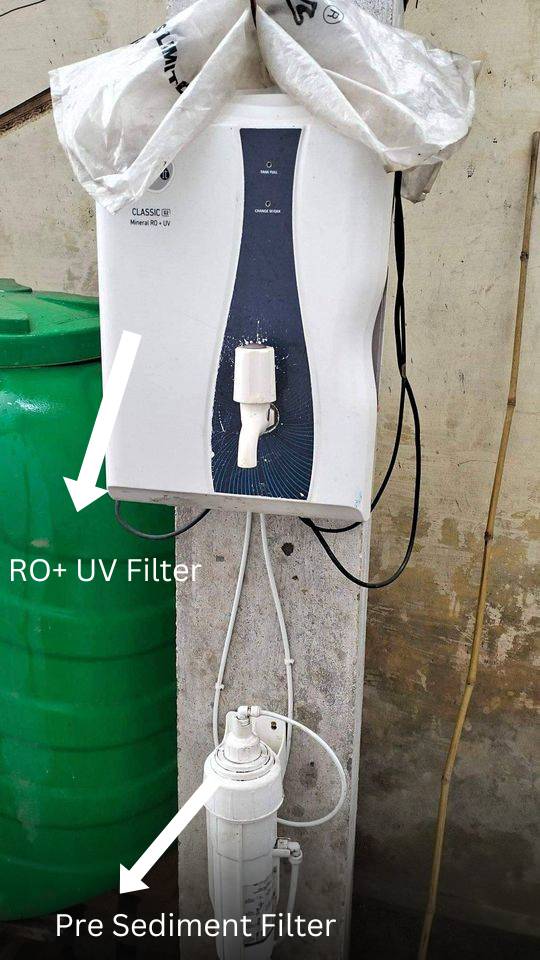
This improves its efficiency and longevity. Ultraviolet (UV) technology works differently in RO systems. UV light disrupts microbe DNA. This renders bacteria and viruses harmless. Studies show UV has a 99.99% germicidal efficacy rate. The table below contrasts how well each system removes particles:
| System Type | Particle Size Removal | Efficacy Rate |
| RO with MF | Up to 0.1 microns | 99% |
| RO with UV | N/A (acts on DNA) | 99.99% |
Effectiveness Against Microorganisms:
RO with UV inactivates 99.99% of microorganisms by damaging their DNA with ultraviolet light. This robust disinfection prevents reproduction and spread of pathogens. MF, on the other hand, physically traps larger microbes like protozoa and bacteria with 99% efficacy using its microfiltration layer. However, smaller viruses may slip through. So, while both achieve microbial control through different means, UV technologically excels in comprehensively damaging DNA to block infections. Yet, MF also demonstrates strengths trapping larger threats.
Removal of Chemical Contaminants:
The core functionality of Reverse Osmosis, removing chemical contaminants from water, is highly effective. This technology can eliminate up to 99% of dissolved salts, organic compounds, and various chemicals. Its semi-permeable membrane allows only water molecules to pass through, blocking larger molecules and ions.
Neither UV nor microfiltration directly improve the chemical purification of Reverse Osmosis systems. UV is for disinfecting microbes, not interacting with chemicals. Similarly, microfiltration removes larger particles, not affecting dissolved chemicals.
Energy Consumption:
Energy efficiency matters for water purification. Reverse osmosis systems use pressure to force water through a membrane. This makes them moderately energy-intensive. However, adding UV or MF technologies impacts energy use differently.
UV purification needs a continuously powered lamp. This lamp disinfects microbes. A standard UV lamp for home RO uses about 25 watts. That’s like a small lightbulb.
MF does not increase energy use much. It filters physically, without extra energy. MF just uses the baseline RO energy.
Below is a table comparing the energy usage of these systems:
| System Type | Additional Energy Component | Typical Power Consumption |
| RO with UV | UV Lamp | 25 watts |
| RO with MF | Required for RO | 36 watts |
So MF systems cost a bit more energy for microbe safety. But MF systems maintain the RO energy footprint. The choice depends on health concerns and energy budget.
Maintenance Requirements:
Maintenance ensures longevity and efficiency of RO systems. Integrating UV or MF technologies impacts these requirements. UV purification needs special attention because the UV lamp requires replacement annually. Its effectiveness diminishes over time. Replacing a UV lamp costs ₹800 to 900 on average, a moderate recurring expense. In contrast, RO systems with MF involve simpler maintenance. The MF filter needs periodic cleaning and less frequent replacement than UV lamps, usually every 6 months to 2 years based on water quality and usage. This is generally less costly than replacing UV lamps.
Here’s a table summarizing the maintenance needs and costs for both systems:
| System Type | Maintenance Frequency | RO membrane Cost (Approx) | MF Or UV Membrane | Sediment filter | Annual Maintenance Cost |
| RO with UV | Yearly (UV lamp) | ₹1500 | UV light approx. ₹850 | ₹600 | Around ₹2800 |
| RO with MF | 6 months – 2 years (filter) | ₹1500 | MF Membrane approx. ₹950 | ₹600 | Around ₹3000 |
Water Waste:
Water efficiency matters when looking at reverse osmosis systems. Traditional reverse osmosis wastes quite a bit of water. RO systems often produce around 4 gallons of waste water for every 1 gallon of purified water. The ratio varies based on design and water quality.
Adding UV or microfiltration does not change the RO waste water amount. UV and MF work without using more water. Their main role is improving output water quality and safety, not efficiency.
Although UV and MF don’t cut waste water, better membranes and optimization can.
System Complexity:
The complexity of reverse osmosis systems can impact installation, operation, and troubleshooting. Integrating ultraviolet or microfiltration technologies adds complexity from extra parts and operational needs. Reverse osmosis systems with ultraviolet purification have a UV chamber, needing electrical connections and proper water flow alignment for disinfection. This complex setup requires careful installation and occasional monitoring so the UV light works effectively.
On the other hand, reverse osmosis systems with microfiltration involve adding a physical filter before the membrane. While this does add a component, the complexity is less electrical and more plumbing. The microfiltration unit must integrate correctly to pre-filter the water before the membrane.
Here’s a table summarizing the added complexity for each system:
| System Type | Added Components | Complexity Level |
| RO with UV | UV lamp, electrical components | High |
| RO with MF | MF filter, additional housing | Moderate |
Suitability for Different Water Types:
RO systems paired with UV or MF technologies have varying effectiveness based on the type of water. Their distinct strengths suit different water conditions.
Microfiltration excels as a RO pre-treatment where high sediment or turbidity exists. It removes larger particles, preventing premature RO clogging. Ideal for silt-laden or solids-heavy water sources.
Ultraviolet purification shines when microbiological risks require addressal. It neutralizes bacteria and viruses without altering water’s chemical makeup. Valuable where microbes, not chemicals, are the concern.
Here’s a brief table highlighting the suitability of each system for different water types:
| System Type | Best for Water Types | Primary Benefit |
| RO with UV | Microbiologically risky water | Pathogen neutralization |
| RO with MF | High sediment, turbid water | Particle and sediment removal |
Conclusion
RO paired with either MF or UV can produce purified, contaminant-free water. For low cost and simplicity, RO with MF is a good choice. For maximum microbial disinfection, RO with UV is recommended. Those with extremely contaminated source water will benefit most from RO combined with powerful UV lamp technology. For cleaner feed water, RO with MF provides adequate filtration at a lower price point. Ultimately, the optimum system depends on water quality, budget and maintenance considerations. With proper maintenance, both RO + MF and RO + UV can deliver clean, safe drinking water free of parasites, bacteria and chemical impurities.



